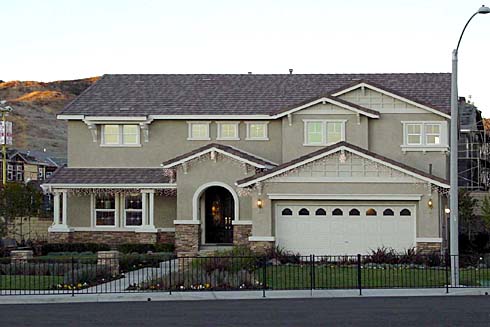HISTORIC DISTRICT
Exploring Historic Districts in Real Estate
When it comes to real estate, certain areas stand out not just for their architectural charm or picturesque streets, but for their historical significance. These are known as historic districts, and they play a unique role in shaping the real estate landscape.
Understanding Historic Districts
A historic district is a zoning classification that identifies a geographic area as having historical significance. This designation is typically based on the area's cultural, architectural, or archaeological importance. Such districts are often cherished for their preservation of a particular era, style, or way of life.
Regulatory Measures
Local governments play a crucial role in preserving historic districts by imposing regulations that limit the type and extent of land use changes that can occur within these areas. These measures aim to protect the unique character and heritage of the district, ensuring that any development or renovation respects its historical context.
Impact on Real Estate
Historic districts have a profound impact on the real estate market, influencing everything from property values to development opportunities.
Property Values
Properties located within historic districts often carry a premium due to their historical significance and the regulations in place to maintain their authenticity. The limited supply of properties in these areas can also drive up demand, further contributing to their value.
Properties located within historic districts often carry a premium due to their historical significance and the regulations in place to maintain their authenticity. The limited supply of properties in these areas can also drive up demand, further contributing to their value.
Preservation and Renovation
The restrictions within historic districts can pose challenges for property owners looking to renovate or develop their real estate. While these limitations may require adherence to specific guidelines and approval processes, they also ensure that the district's character is preserved, ultimately enhancing the overall appeal of the area.
Community Appeal
Historic districts contribute to the unique character and charm of a community, attracting residents and businesses seeking a connection to the past. The sense of history and tradition can create a strong community identity, making these areas desirable for both living and investment.
Investing in Historic Districts
For real estate investors and developers, historic districts present both opportunities and challenges.
Opportunities
Unique Appeal:
Properties within historic districts offer a unique appeal and a potential for high returns due to their scarcity and historical value.
Tax Incentives:
Various governments offer tax incentives and grants to encourage the preservation and rehabilitation of historic properties, making them financially attractive for investors.
Challenges
Regulatory Hurdles:
Navigating the regulatory framework and obtaining approvals for any changes or developments can be a complex and time-consuming process.
Maintenance Costs:
Maintaining historical properties often requires specialized expertise and can entail higher costs compared to modern buildings.
Conclusion
Historic districts are more than just geographical areas with historical significance; they are living testaments to the past that shape the present and future of real estate. While navigating the regulations and restrictions within these districts may present challenges, the opportunity to preserve and invest in a piece of history continues to attract individuals and businesses alike, ensuring that the legacy of these unique areas endures for generations to come.
MORE REAL ESTATE TERMS
A, B, C, D, E, F, G, H, I, J, K, L, M, N, O, P, Q, R, S, T, U, V, W, X, Y, Z
Featured New Home

Featured Mortgage Brokers
- UNION MORTGAGE GROUP, INC., GREENBELT, MD
7501 GREENWAY CENTER DR
GREENBELT, MD 20770 - LEGACYTEXAS BANK, PLANO, TX
5000 LEGACY DR FL 1
PLANO, TX 75024 - EVERETT FINANCIAL INC, ORANGE BEACH, AL
25910 CANAL RD STE N
ORANGE BEACH, AL 36561 - EVOLVE BANK & TRUST, TULSA, OK
5110 S YALE AVE STE 500
TULSA, OK 74135 - CARRINGTON MORTGAGE SERVICES LLC, SANTA ANA, CA
1610 E SAINT ANDREW PL STE B-1
SANTA ANA, CA 92705